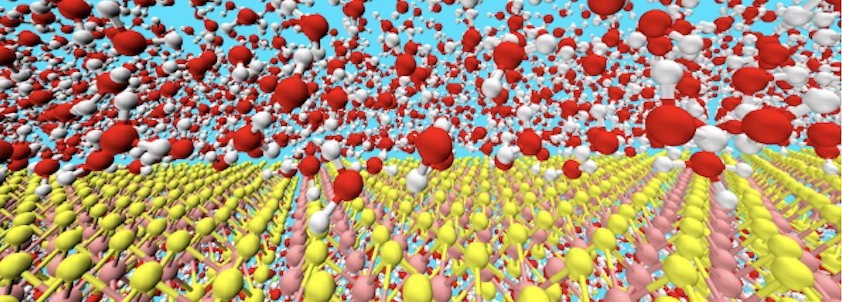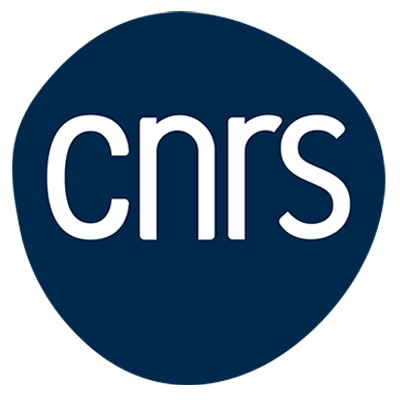IEA 2DH2
Introduction
The increasing global demand for energy has prompted a need for efficient devices that can convert and store energy in a sustainable manner. In particular, hydrogen production through electrocatalytic water splitting (hydrogen evolution reaction, HER) has emerged as a promising root for a sustainable energy future. However, despite significant advances in the field, there is still a need for efficient and stable electrocatalysts that can drive the HER process at lower costs ensuring stability and safety.
Among all the studied catalysts, 2D materials have attracted significant interests in electrocatalysis due to their unique properties, such as high surface area, electronic and chemical tunability, and excellent catalytic activity. In addition, this class of materials have demonstrated excellent stability and durability under harsh electrochemical conditions, making them promising candidates for practical applications in hydrogen production.
Despite the potential benefits of 2D materials in HER electrocatalysis, their behavior at electrified interfaces remains poorly understood. At this level, atomic-scale modelling techniques has advanced our understanding of electrochemical processes at electrified interfaces by revealing complex mechanisms at a level of detail that is beyond the reach of current experimental techniques. In this project, we aim at providing a comprehensive understanding of the structural, electronic and catalytic properties of 2D material/water interfaces through the application and the development of advanced atomic-scale modelling tools.
Mission and research themes
In this project, we aim at studying some of the most promising 2D materials and their interfaces with water with a proper account of the atomistic and electrochemical nature of the water interface.
Network activities and expected results
We expect to provide a fine understanding of electrochemical processes occurring at the 2D materials water interfaces.
Institutions and laboratories involved
France
UMR7315 Institut de Recherche sur les Céramiques, Centre Européen de la Céramique
Australia
Centre for Catalysis and Clean Energy, School of Environment & Science, Griffith University, Australia

2d material water interface
